In metal cutting, where efficiency and precision directly impact productivity, two tools stand out for their ability to balance speed and durability: the CNC full automatic high-speed circular sawing machine and the M42 bi-metal band saw blade. Together, they address the core needs of industries ranging from automotive manufacturing to construction, where consistent, fast cuts on various metals are essential. Backed by expertise in producing reliable cutting equipment, their synergy offers practical solutions for modern metalworking challenges.
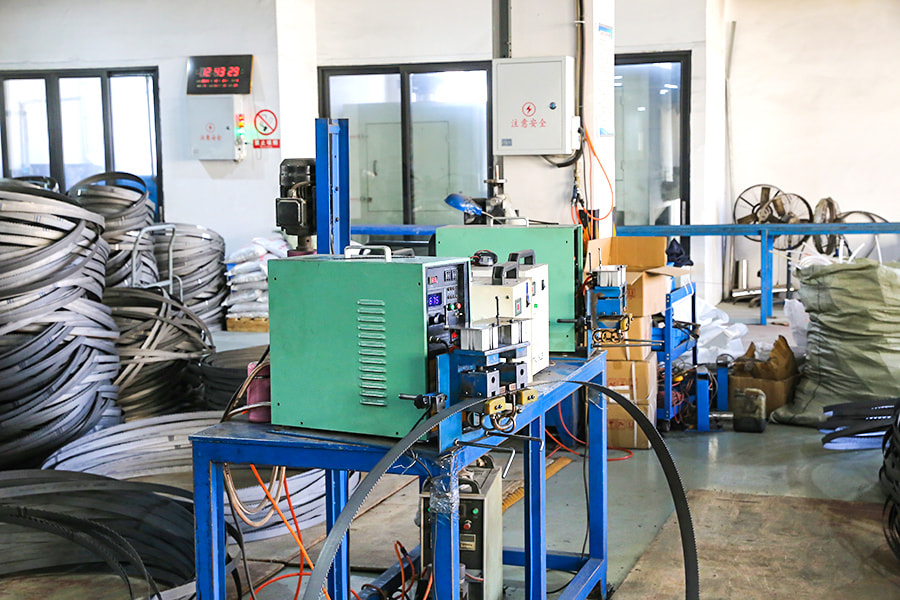
CNC Full Automatic High-Speed Circular Sawing Machines: Precision in Automation
CNC full automatic high-speed circular sawing machines are engineered to streamline metal cutting through automation, reducing manual intervention while boosting speed. Unlike semi-automatic models, these machines integrate computer numerical control (CNC) systems that manage the entire cutting process—from material feeding and positioning to blade activation and cut completion. This automation ensures each cut adheres to programmed dimensions, with errors arising from manual adjustments kept to a minimum.
High-speed capabilities are a defining feature. Equipped with powerful motors and optimized blade rotation speeds, they can cut through metals like carbon steel, aluminum, and stainless steel faster than traditional saws. For example, a 2-inch diameter carbon steel rod might take 10-15 seconds to cut with a standard saw, but these machines can complete the same cut in 5-8 seconds, significantly reducing per-piece processing time.
Their design also prioritizes adaptability. Many models include adjustable clamping systems to secure different material shapes—round bars, square tubes, or flat sheets—without needing extensive retooling. This flexibility makes them suitable for small-batch production runs and large-scale manufacturing alike, addressing the varied needs of metalworking shops.
M42 Bi-Metal Band Saw Blades: Resilience in Every Cut
M42 bi-metal band saw blades are crafted to withstand the demands of high-speed cutting, thanks to their unique material composition. They combine a high-speed steel (HSS) edge—alloyed with 8% cobalt, denoted by "M42"—with a flexible alloy steel backing. This dual construction balances hardness and toughness: the cobalt-infused teeth maintain sharpness even when cutting hard metals, while the backing resists fatigue from repeated flexing during operation.
Resilience translates to longer blade life. Compared to standard carbon steel blades, M42 bi-metal blades can make 3-5 times more cuts before needing replacement, especially when working with abrasive materials like cast iron or high-strength steel. Their heat resistance is another advantage: the M42 alloy retains hardness at elevated temperatures, preventing premature dulling when friction from high-speed cutting generates heat.
Practicality extends to versatility. These blades work with various metal thicknesses, from thin sheets (0.5mm) to thick bars (100mm+), making them a go-to choice for shops handling diverse projects. Their uniform tooth geometry—typically with 10-18 teeth per inch (TPI), depending on material—ensures smooth cuts, reducing the need for post-cut finishing and saving time in production workflows.
Working Together: Synergistic Effects in Metal Cutting
The true value of the CNC-controlled, fully automatic high-speed circular saw and the M42 bi-metal band saw blade lies in their synergy. The machine's automated features ensure the blade engages the material at the appropriate angle and speed, effectively enhancing cutting efficiency. For example, the CNC system adjusts the feed rate based on material hardness: when machining high-strength steel, the feed rate is reduced to prevent blade overload; when machining aluminum, the feed rate is increased to achieve faster speeds without compromising cut quality.
This synergy reduces downtime. The machine's automatic blade tensioning system maintains constant pressure on the M42 blade, preventing slippage or excessive wear that could result in blade breakage. Furthermore, the blade's flexibility means fewer tool changes—critical in high-volume production, where stopping for blade changes reduces productivity.
This synergistic approach has proven highly effective in industries such as automotive parts manufacturing, where cutting accuracy (tolerances within 0.1 mm) and speed are paramount. A CNC machine equipped with an M42 insert can produce hundreds of uniformly cut axle components in a single shift, ensuring quality that meets tight deadlines. Similarly, in architectural metalworking, where cutting large steel beams is common, this combination can efficiently handle heavy loads, ensuring projects are completed on time.
Practical Tips for Optimal Use
Users should select the appropriate insert tooth count (TPI) based on material thickness: when cutting thin metal, choose a finer tooth count (14-18 TPI) to prevent chipping; when cutting thicker metal, choose a coarser tooth count (10-12 TPI) to improve chip evacuation. Regular maintenance is also crucial: cleaning the machine's guide wheels to prevent chip accumulation and inspecting the M42 insert's teeth for damage after cutting abrasive materials can extend the life of both tools.
For shops new to CNC automation, starting with preset programs for common materials (available on many machine tool systems) can simplify setup and shorten the learning curve. Parameters can be adjusted incrementally based on specific project needs, allowing users to fine-tune speed and accuracy over time. When it comes to metal cutting, every second counts. The combination of a CNC fully automatic high-speed circular saw and an M42 bi-metal band saw blade offers a balance of speed, precision, and durability, making it an indispensable tool for modern metalworking, supporting efficient, high-quality production across a wide range of industries.



 english
english Русский
Русский Español
Español Русский
Русский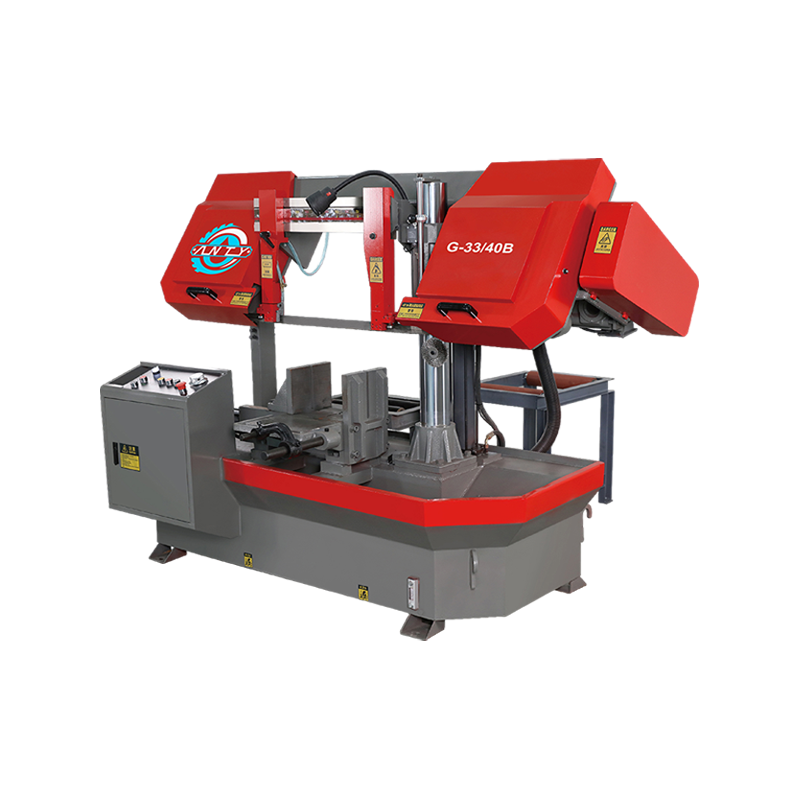
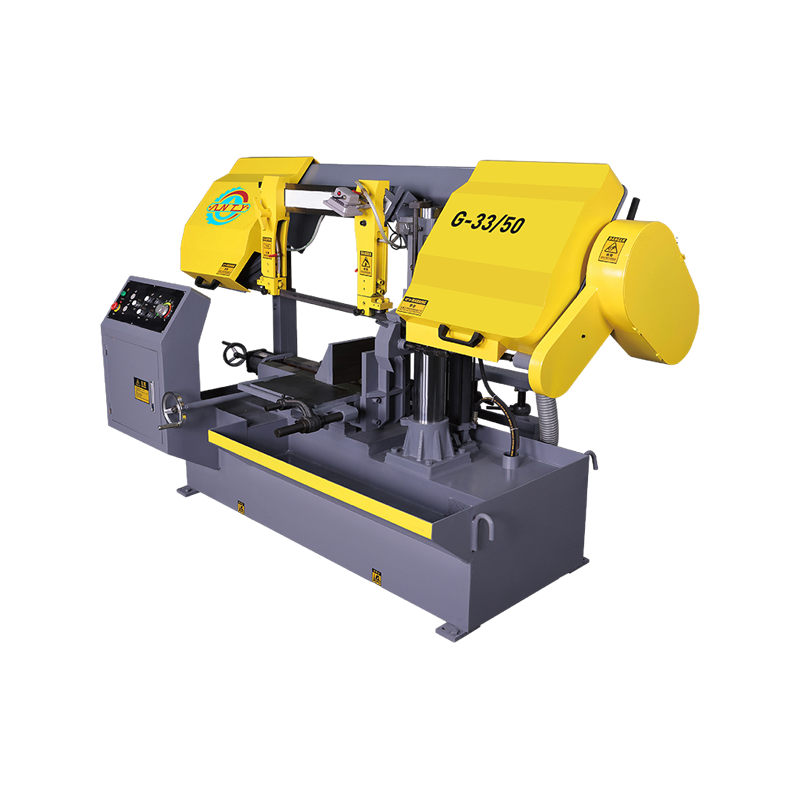


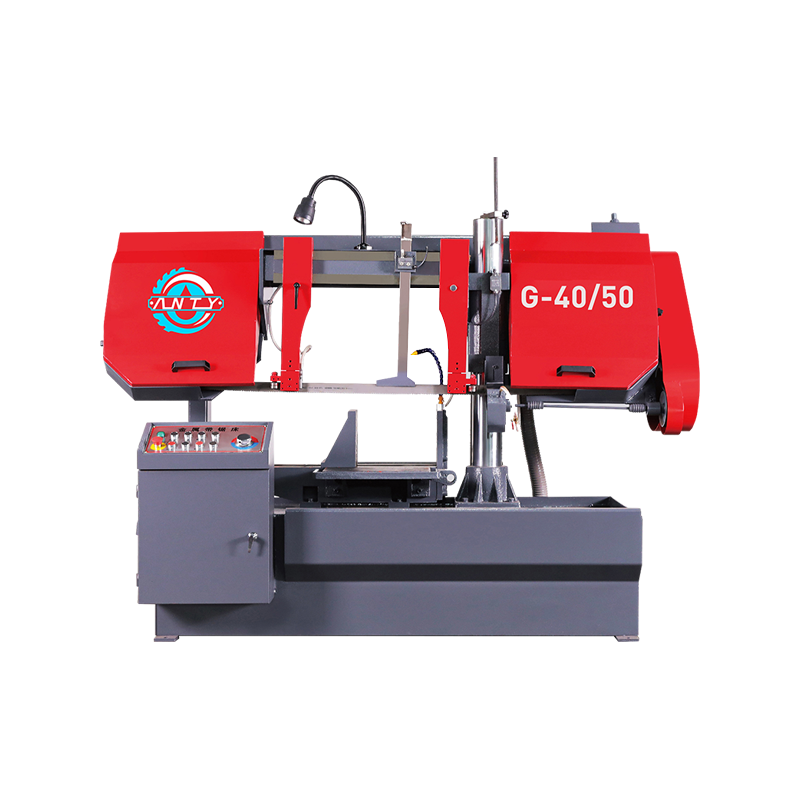
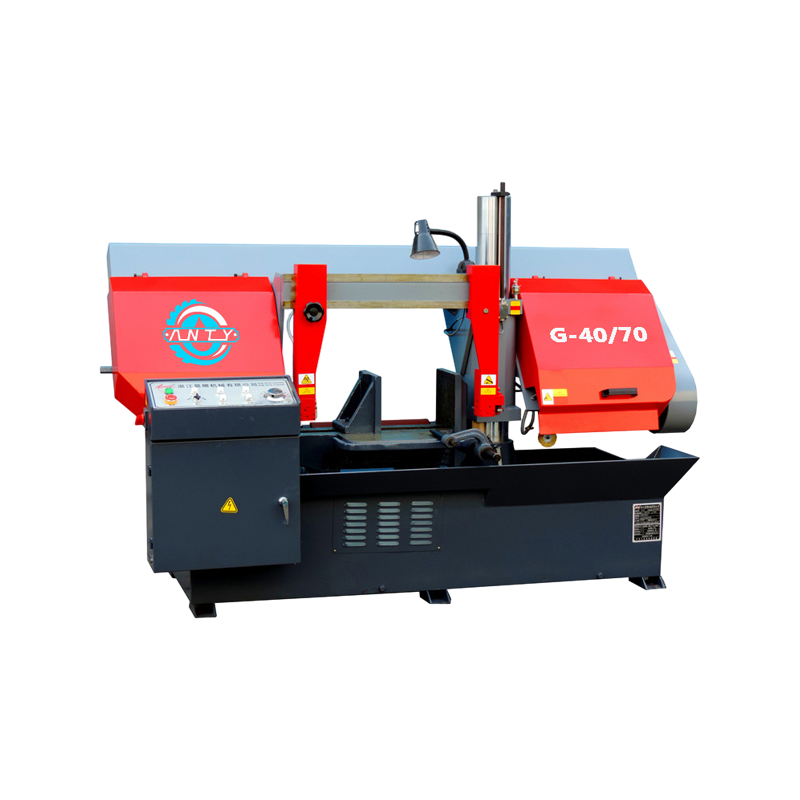
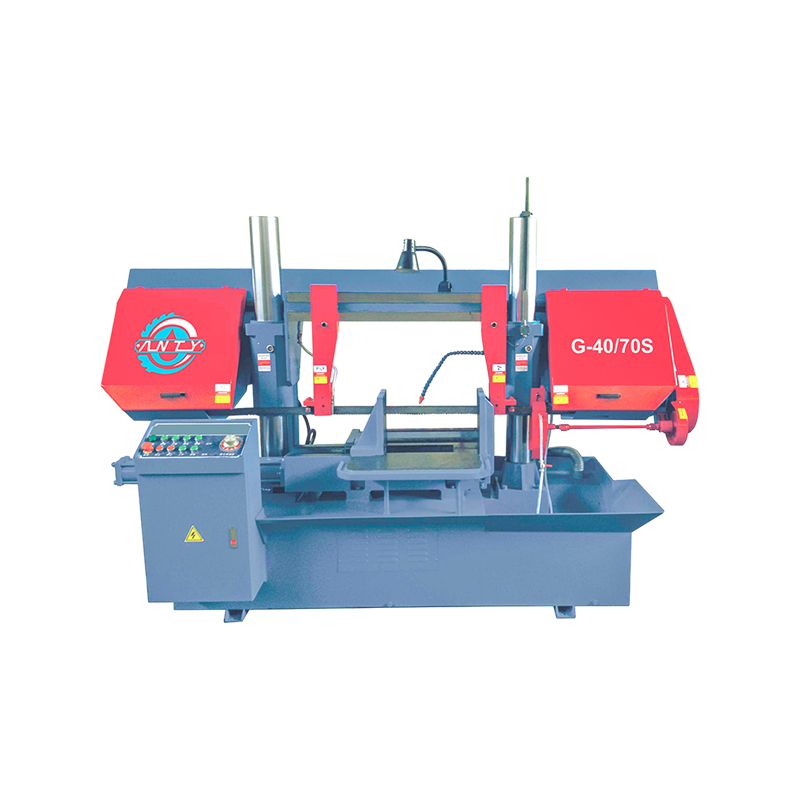
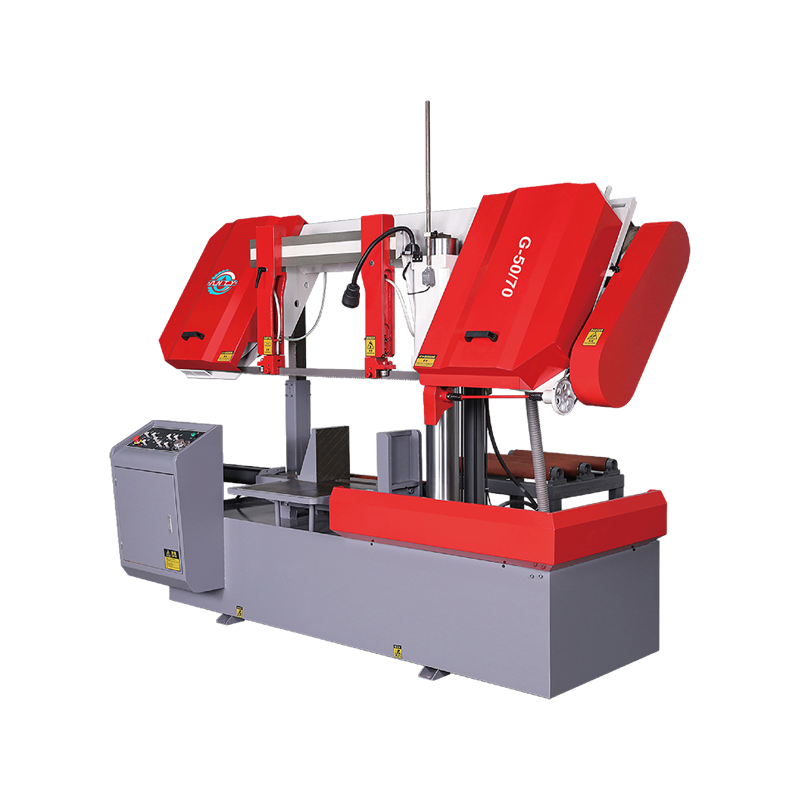
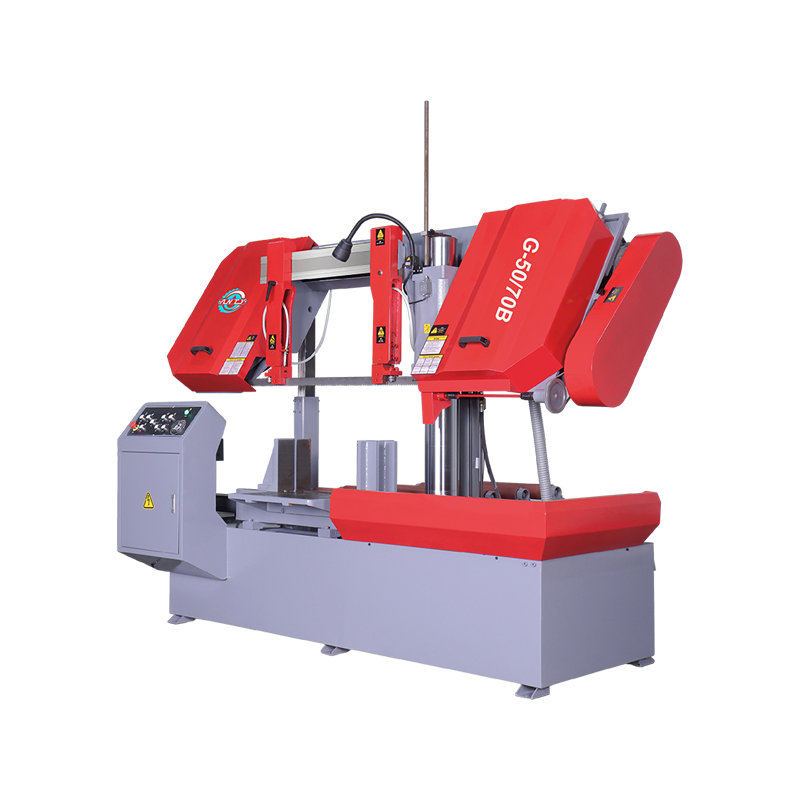
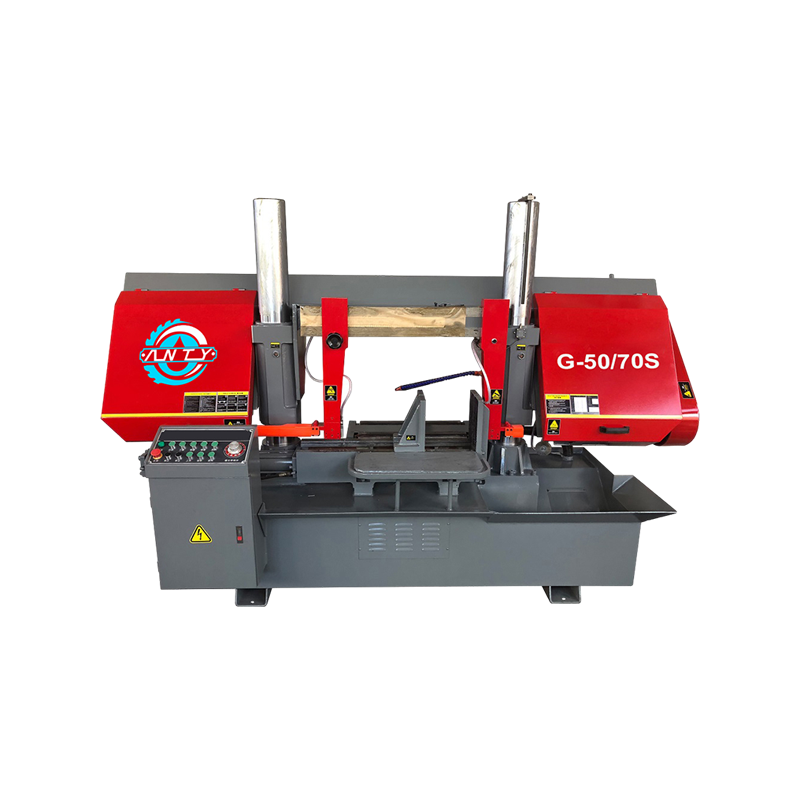
 CONTACT US
CONTACT US